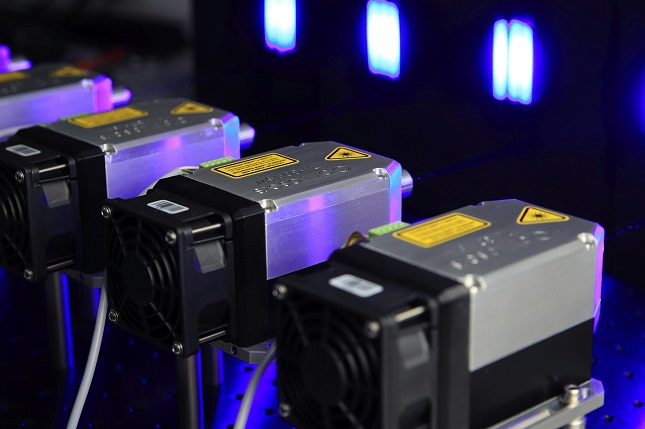Over the past few decades, the manufacturing industry has experienced major transformations thanks to advancements in technology. Among these, laser technology has emerged as one of the most impactful innovations. What was once primarily associated with medical applications or scientific research is now playing a central role in modern manufacturing processes. From cutting and welding to engraving and surface treatment, lasers are redefining efficiency, precision, and sustainability.
Precision That Redefines Quality
One of the most important benefits of laser technology in manufacturing is its unmatched precision. Unlike traditional cutting tools, lasers focus energy into a tiny point, allowing for extremely accurate cuts and designs. This level of accuracy reduces material waste and ensures a high-quality finish, which is especially important in industries such as aerospace, automotive, and electronics. By minimizing errors, manufacturers save both time and money while also improving overall product reliability.
Speed and Efficiency
Manufacturers are always seeking ways to optimize production time without compromising quality. Laser systems excel in this area because they work faster than conventional mechanical tools. For example, laser cutting machines can process materials at incredible speeds, often several times faster than manual or semi-automated cutting methods. This efficiency not only boosts output but also allows businesses to meet customer demands more effectively.
Versatility Across Materials
Another reason lasers are revolutionizing manufacturing is their versatility. Traditional cutting and engraving tools may struggle with harder materials or require frequent changes when working across metals, plastics, glass, or wood. Lasers, on the other hand, can handle a wide range of materials with minimal adjustment. This flexibility makes them particularly valuable for manufacturers that deal with diverse product lines or customized designs.
Driving Innovation in Design
Laser technology also empowers designers and engineers to push creative boundaries. Complex geometries and intricate patterns that were once too costly or impossible to produce can now be manufactured with ease. This has opened new opportunities in product innovation, allowing companies to experiment with lightweight structures, advanced prototypes, and personalized products. The ability to create such detailed work has become a major competitive advantage in industries where customization and design differentiation matter.
Sustainability and Reduced Waste
Sustainability has become a core concern in manufacturing, and lasers contribute significantly to greener practices. Since they provide precise and efficient processing, less material is wasted compared to traditional cutting and machining methods. Moreover, many laser systems require little to no consumables, reducing the need for replacement parts, chemicals, or excess energy. This not only minimizes costs but also reduces environmental impact.
Accessibility of Laser Systems
With technology becoming more accessible, laser solutions are no longer limited to large corporations. Today, small and medium-sized manufacturers can integrate advanced laser systems into their production lines at affordable costs. Providers like optlasers.com offer a range of high-quality laser modules and accessories that cater to different manufacturing needs, making it easier for businesses of all sizes to adopt this technology.
The Future of Manufacturing
As laser technology continues to evolve, its impact on manufacturing will only grow stronger. Emerging applications such as laser additive manufacturing, micro-processing, and even laser-based cleaning are already showing promise. With constant improvements in speed, accuracy, and energy efficiency, lasers will likely become the standard in many industrial processes.
In conclusion, laser technology is not just enhancing the manufacturing industry; it is fundamentally transforming it. By offering greater precision, speed, versatility, and sustainability, lasers are enabling manufacturers to meet modern challenges while unlocking new opportunities for innovation. As adoption expands, businesses that embrace this technology will be better positioned to stay competitive in an increasingly demanding global market.






































